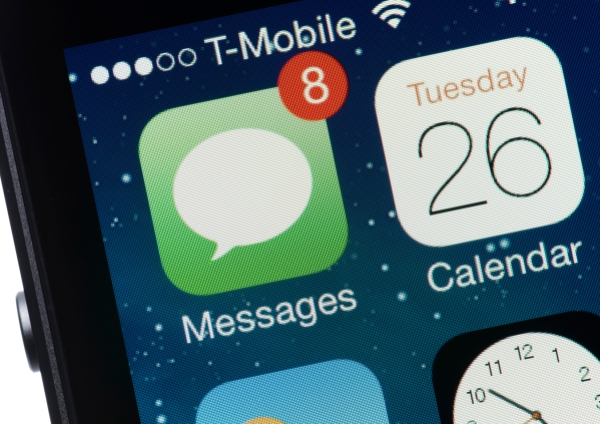
I want to acknowledge the contributions my colleague Kamal Jethwani and his team made to this post.
The business value of medication adherence tools is coming into focus. For years, I remarked that, while we could create a case for why adherence was the right thing to do, we had great difficulty creating the right financial incentives to move these programs from curiosity to scale. That is changing now with the collision in the marketplace of new payment models and exorbitantly priced pharmaceutical products.
The poster child for this phenomenon is the drug Sovaldi, which represents a miracle cure for Hepatitis C infection but costs $84,000 for a course of therapy. But if the patient doesn’t finish the entire course, the money is largely wasted. In that context, the price of any adherence solution is small compared to the cost of a failed treatment.
Today, there are a large number of adherence solutions on the market. Two years ago, we found more than 100 companies offering products in the space. A more recent report lists 5 categories for addressing adherence: predictive modeling solutions, communication and education, smart pill bottles, smart tablets and apps.

In conversation with an influential senior executive at my organization — who I’d consider to be a connected health enthusiast but a realist — we debated the pros and cons of a simple text messaging solution versus one or more of these other approaches. I thought I’d share the highlights of our discussion in this post.
Text messaging has become easy to scale. We can now do it directly through our EMR, so the incremental cost of sending a reminder message is nil. We can reach hundreds of thousands of people easily using this approach.

The downsides are important to mention as well.
- Onboarding: The FCC mandates two levels of consent from patients. First, when patients share their cell phone number, they are required to consent to receiving text messages from our organization; and second, the first text message sent should always be an ‘opt-in’ message that the patient has to reply to, in order to initiate the messaging campaign. In previous studies, we have seen a 30% drop off rate at this second step.
- Regulatory considerations: Text messages need to be ‘HIPAA compliant,’ which means we cannot send anything that could possibly reveal personal health information, including the patients’ condition, should others have access to their phone/messages.
- Reminders only: Text messages are usually prompts that ask a patient to remember something, or take a certain action. In several cases, the barrier to taking action is a patient’s lack of information/knowledge/understanding, making it difficult to predict which individuals will fall into this category. The limited number of characters (140) can also render the text prompt futile.
- Message Fatigue: It is well documented that, over time, people will pay less and less attention to timed, similar messages.
- Other considerations include the cost an individual may incur per message received, as well as oft-changing phone numbers, common in certain patient demographics.

Mobile apps overcome most of these problems. Once you download the app, it is much easier to manage communication with you via notifications, and it’s also easier to secure the transmission of personal health information. Engagement is multifactorial in the app environment: we can remind but also educate and interact with the patient. Finally, apps can be free to download.
Of course apps are not a panacea. Patients sometimes have difficulty with the download process itself. Just as messages can cost users, use of apps can affect data plan expenses. Estimates of smart phone ownership vary, with most urban markets coming in around 80%. That leaves 20% of any given sample as unable to use an app.
So what is the best course of action?
Based on our experience and research with both texting and mobile apps, we recommend texting for simple, one-time interventions such as medical appointments, annual screenings, medication refills and flu shots. Text reminders can also be good for short-term campaigns for patients taking infrequent meds, de-addiction or rehabilitation programs, or for patients who do not own a smart phone.
However, for more complex treatment regimens or challenging patient populations, we believe, and have proven the effectiveness of mobile apps when sustained, long term patient engagement is required. There are a few examples that come immediately to mind, including programs that use sensors or collect patient reported outcome measures (PROMs), highly dynamic medical conditions that require just-in-time care, or programs targeting sensitive conditions such as HIV or STIs. Further, mobile apps can play an important role in patient education, improving patient-provider communication and passive data collection.
There is also a place for mobile apps in medication adherence, in cases when poor adherence is the result of factors other than forgetfulness. This may seem to be impractical advice, but I’m hopeful that as we continue to develop predictive algorithms, we will be able to better segment individuals to create more robust and effective engagement.
But for healthcare providers and executives, like my colleague, who are in need of immediate, cost-effective solutions to address critical healthcare needs, text messaging appears to be the answer. Our research and experience tells us that is not always the case.
What are your thoughts?
Wanna share this post
- Click to share on Twitter (Opens in new window)
- Click to share on Facebook (Opens in new window)
- Click to share on LinkedIn (Opens in new window)
- Click to share on Tumblr (Opens in new window)
- Click to share on Pocket (Opens in new window)
- Click to share on Reddit (Opens in new window)
- Click to share on Pinterest (Opens in new window)
- Click to share on WhatsApp (Opens in new window)
- Click to share on Telegram (Opens in new window)
- Click to share on Skype (Opens in new window)
